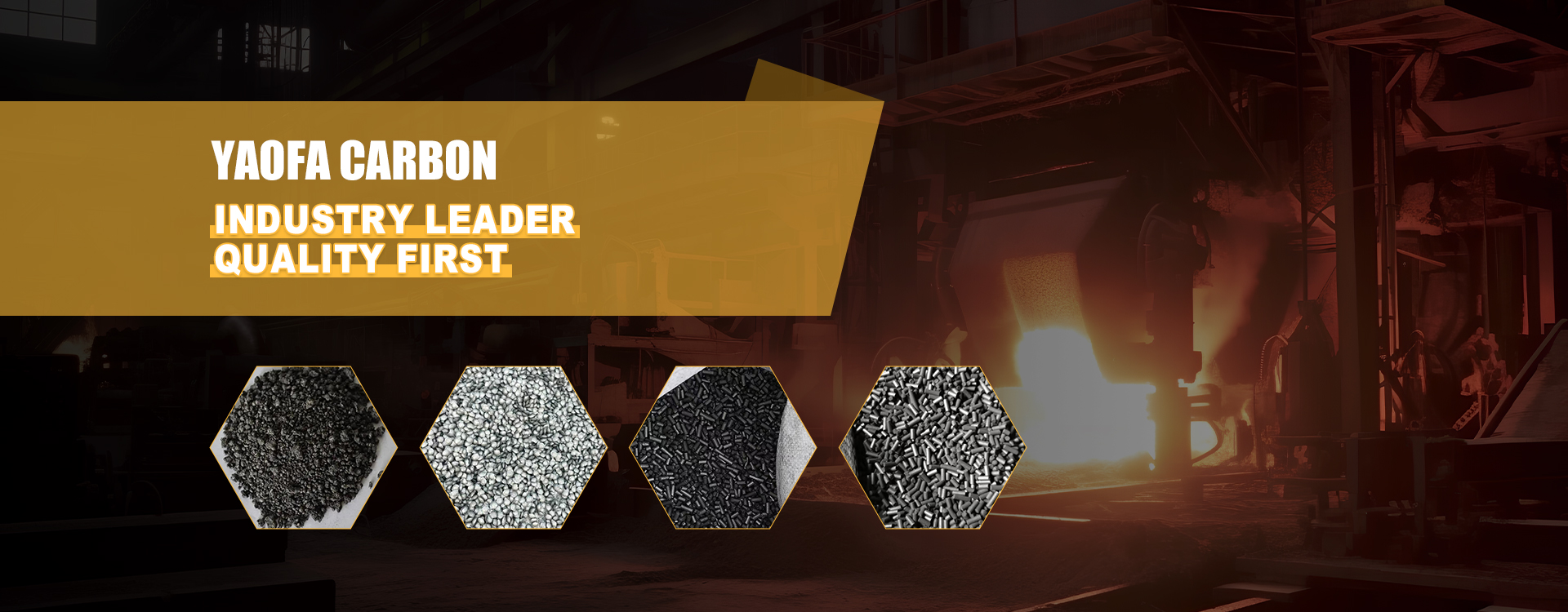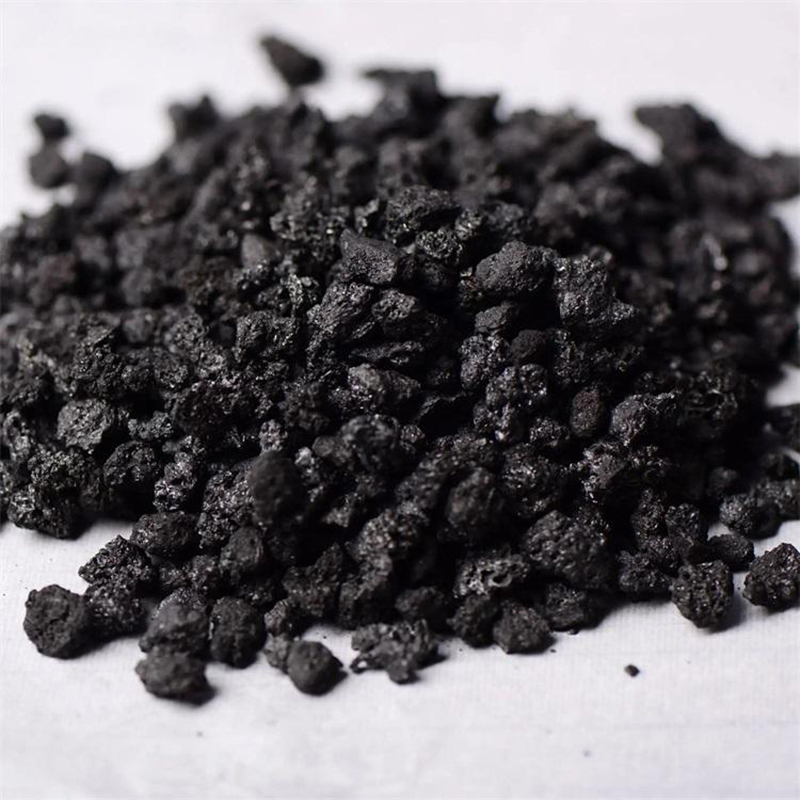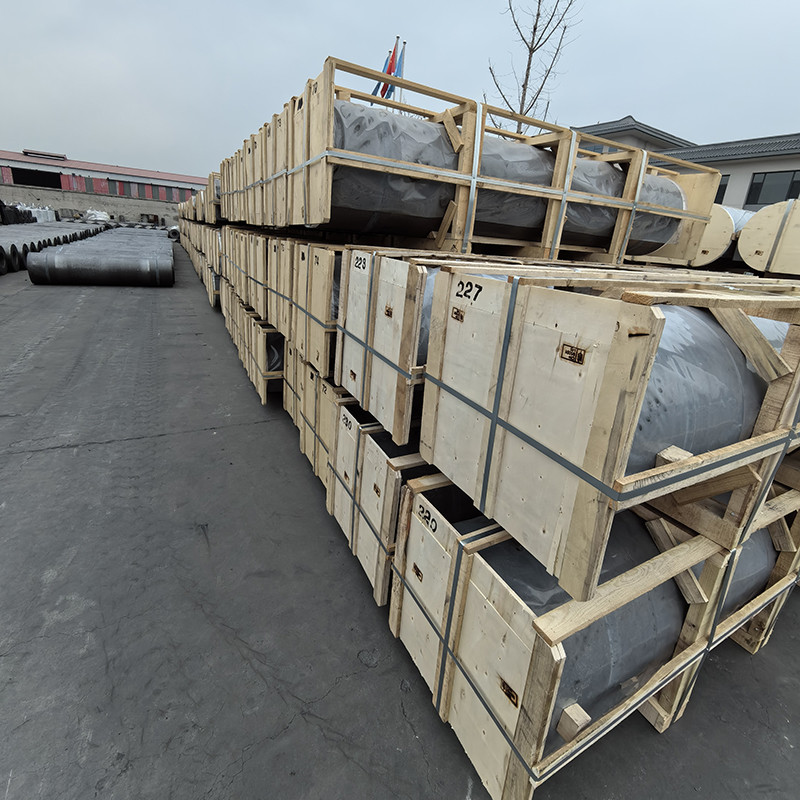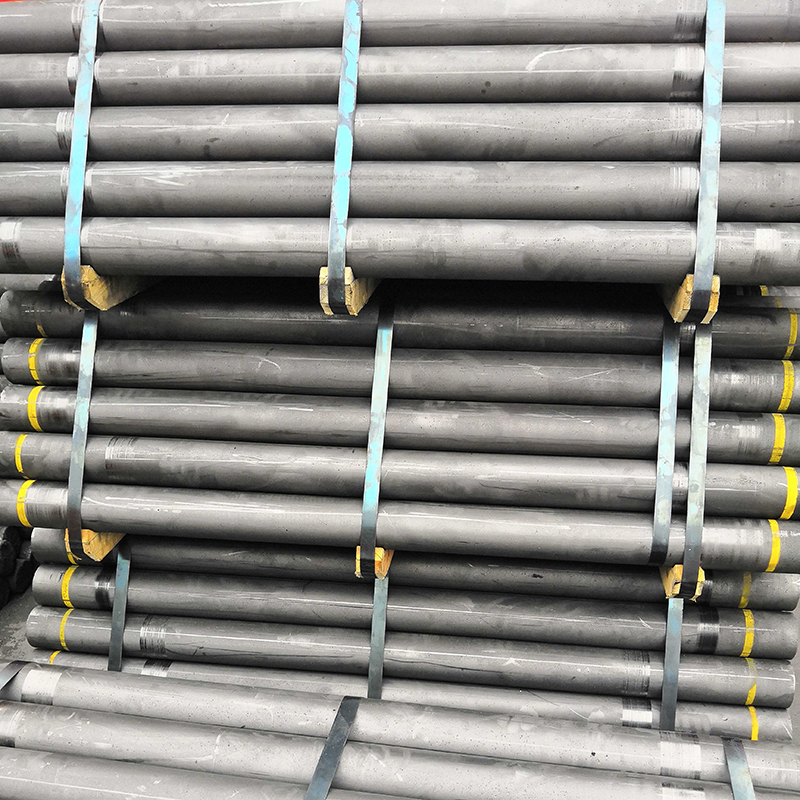- Chinese
- French
- German
- Portuguese
- Spanish
- Russian
- Japanese
- Korean
- Arabic
- Irish
- Greek
- Turkish
- Italian
- Danish
- Romanian
- Indonesian
- Czech
- Afrikaans
- Swedish
- Polish
- Basque
- Catalan
- Esperanto
- Hindi
- Lao
- Albanian
- Amharic
- Armenian
- Azerbaijani
- Belarusian
- Bengali
- Bosnian
- Bulgarian
- Cebuano
- Chichewa
- Corsican
- Croatian
- Dutch
- Estonian
- Filipino
- Finnish
- Frisian
- Galician
- Georgian
- Gujarati
- Haitian
- Hausa
- Hawaiian
- Hebrew
- Hmong
- Hungarian
- Icelandic
- Igbo
- Javanese
- Kannada
- Kazakh
- Khmer
- Kurdish
- Kyrgyz
- Latin
- Latvian
- Lithuanian
- Luxembou..
- Macedonian
- Malagasy
- Malay
- Malayalam
- Maltese
- Maori
- Marathi
- Mongolian
- Burmese
- Nepali
- Norwegian
- Pashto
- Persian
- Punjabi
- Serbian
- Sesotho
- Sinhala
- Slovak
- Slovenian
- Somali
- Samoan
- Scots Gaelic
- Shona
- Sindhi
- Sundanese
- Swahili
- Tajik
- Tamil
- Telugu
- Thai
- Ukrainian
- Urdu
- Uzbek
- Vietnamese
- Welsh
- Xhosa
- Yiddish
- Yoruba
- Zulu
- Kinyarwanda
- Tatar
- Oriya
- Turkmen
- Uyghur

ceramic vs graphite crucible
Ceramic vs Graphite Crucible: A Practitioner's Insight
The choice between a ceramic and a graphite crucible isn't as straightforward as it may seem. While both have their merits, selecting the right one often comes down to the nuances of your specific application and experience. Misunderstandings abound, so let’s explore this with a practical lens.
The Basics of Material Properties
Firstly, understanding the basic properties of these materials is crucial. Ceramic crucibles are known for their high-temperature tolerance and resistance to chemical corrosion. They’re sturdy, sure, but their thermal conductivity isn't exactly top-tier. This can be a double-edged sword, depending on your heat distribution needs.
On the other hand, graphite crucibles are a different animal. Their thermal conductivity is what gives them the edge in many scenarios. They heat up quickly and uniformly, a feature that’s indispensable in high-temperature industries. But make no mistake, they can be prone to oxidation at high temperatures, which is something to keep an eye on.
Now, here’s where experience comes into play. In practice, I’ve seen graphite outperforming ceramics in terms of speed and efficiency, particularly in cases where rapid heating cycles are required. However, durability can sometimes suffer, especially if not handled properly.
Application Scenarios and Suitability
Your specific application dictates the choice. For example, in metal smelting and alloy production, where chemical inertness and high melting points are paramount, ceramic might take the cake. Yet, it’s not always that clear-cut.
In the world of non-ferrous metals and precious metal refining, graphite crucibles often shine. Their ability to cope with rapid temperature changes without cracking is what makes them indispensable. I've seen them in action at Hebei Yaofa Carbon Co., Ltd., known for quality graphite products, making a substantial difference in operational efficiency.
But herein lies the dilemma. As with any material choice, costs can sway your decision. Ceramic tends to be more economical upfront, while graphite, despite the higher initial investment, can often be more cost-effective in the long run due to its efficiency.
Real-World Observations and Challenges
Nothing replaces the insight gained from hands-on experience. A common challenge with graphite is its reaction to oxidizing atmospheres. Without proper protective measures, like coatings or control over the furnace atmosphere, degradation is a real threat. This point often surprises new users.
Conversely, handling ceramics can present its own set of issues. Their brittleness is notorious. I remember an incident where a ceramic crucible shattered due to uneven thermal shock during a rushed procedure. It taught me the value of gradual temperature changes and respecting the material’s limitations.
Both materials require an understanding of their thermal and mechanical limits. Proper training and awareness can make a massive difference, mitigating these risks significantly.
Performance Comparisons
Performance can often be a subjective term, heavily influenced by specific operational needs. In terms of thermal efficiency, graphite undoubtedly stands out. However, I’ve seen operations where ceramic’s resilience to aggressive chemical environments was unmatched, proving that each has its place.
Also, the physical environment plays a role. In carbon-sensitive scenarios, graphite’s potential contamination could pose an issue. Not so with ceramic, which maintains purity throughout the process. Hebei Yaofa Carbon Co., Ltd., with its wealth of experience, often tailors solutions depending on these factors, reflecting the nuances of real-world applications.
Performing a side-by-side analysis in your specific application is often the best approach. Both materials can perform admirably if their respective strengths are leveraged properly.
Conclusion: Making the Right Choice
Ultimately, the choice between a ceramic and a graphite crucible requires careful consideration of the specifics of your operation. Neither is universally superior, and both demand respect for their distinct properties and limitations.
From my experience, informed by the variety at Hebei Yaofa Carbon Co., Ltd. (https://www.yaofatansu.com), a strategic approach often involves using both materials in complementary roles, based on their strengths. Exploring these options and learning through experimentation can guide you to the most efficient and cost-effective decision.
In the end, the goal is a seamless operation tailored to your specific needs, and understanding these crucibles at a fundamental level is the first step towards that.
Related products
Related products
Best selling products
Best selling productsRelated search
Related search- Ultra high power graphite tongs supplier
- astral bus shelter
- graphite felt price
- graphite electrode manufacturers in world
- graphite crucible price Manufacturer
- Graphite electrode blank
- digital signage suppliers
- China graphite electrode for electrolysis
- digital signage manufacturers
- RP normal power graphite electrode factory













